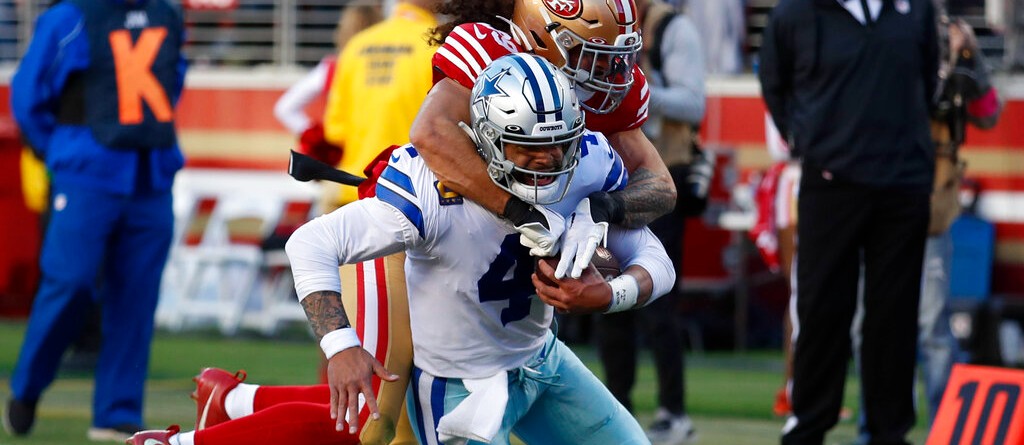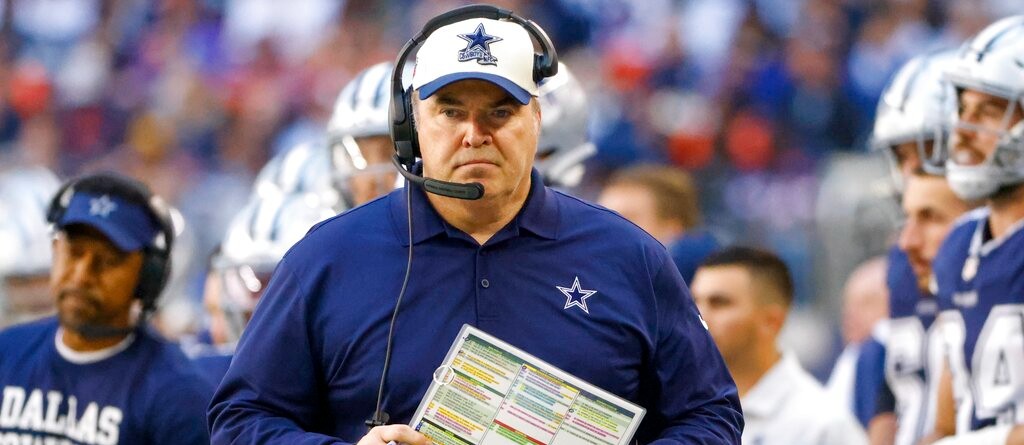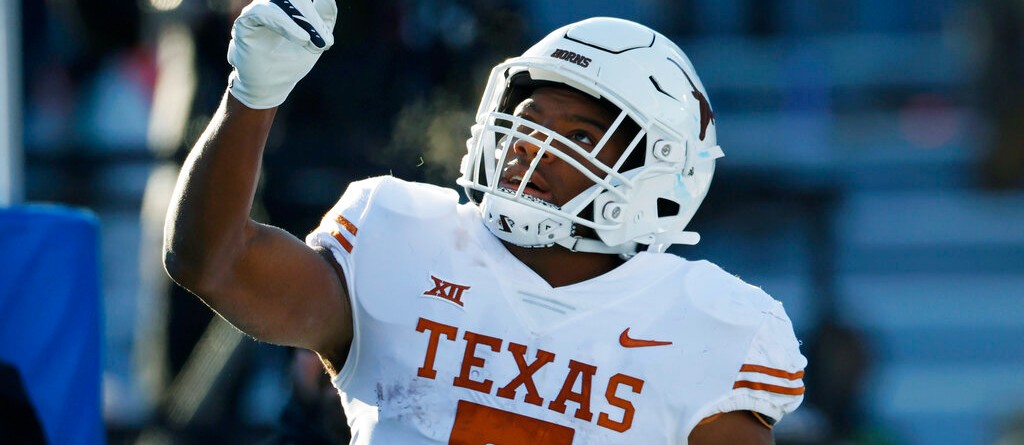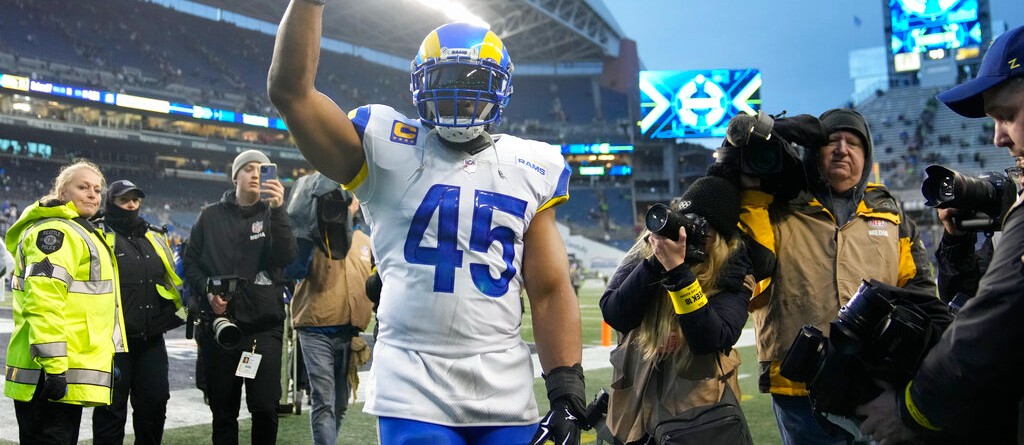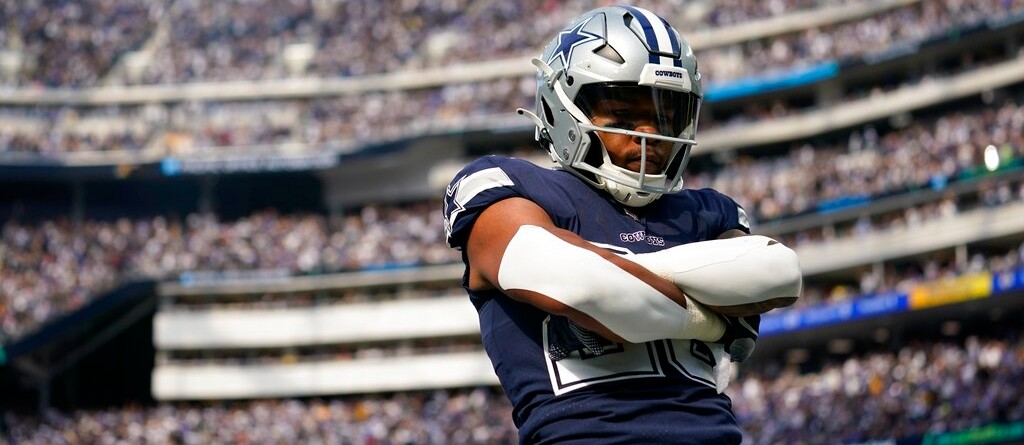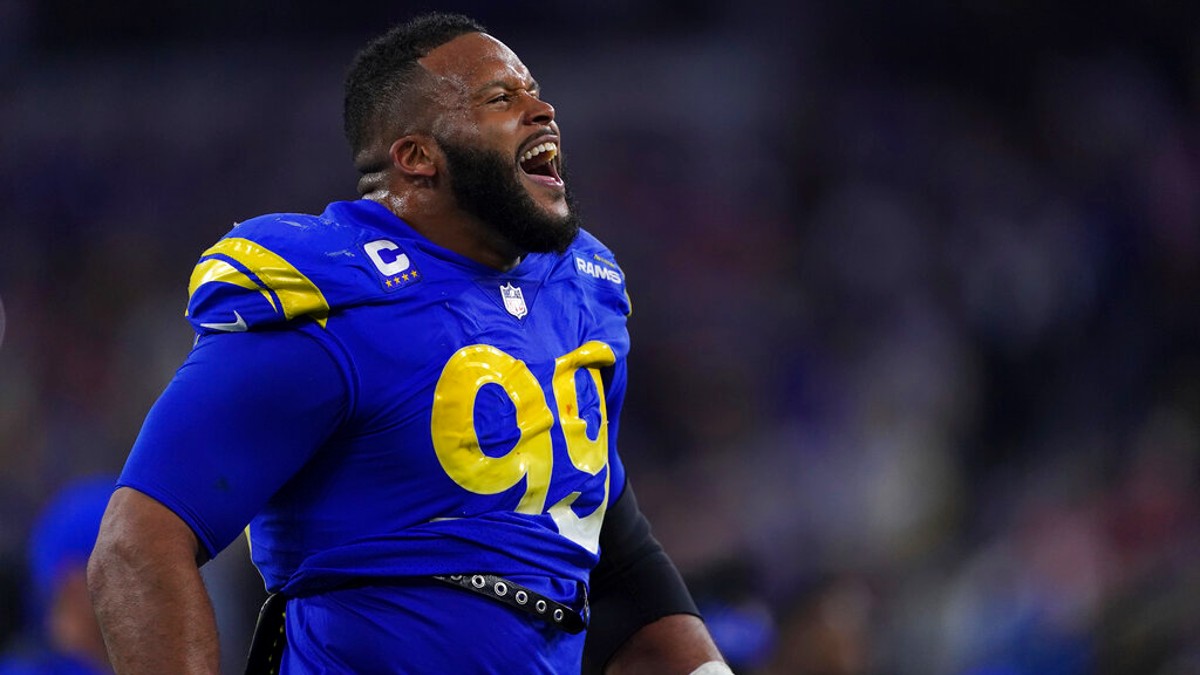It’s obvious that the lack of production from Dak Prescott and the Dallas Cowboys offense was the biggest reason for the loss to the San Francisco 49ers.
In the biggest game of Dak’s career, he went 23/37 passing for 206 yards, one touchdown and two interceptions. Not an impressive stat line.
Rather than read the box score and let Prescott shoulder all the blame for the loss, we decided to take a second look. We rewinded the tape and watched every offensive snap.
From the film study, we realized Dak’s poor performance isn’t the only reason for Dallas’ loss in its seventh-straight Divisional Round game. Here’s why:
49ers secondary was lights out
Fans are aware of the dominant pass rushers on San Francisco’s defensive line. Leading the way is Nick Bosa with 18.5 sacks in the regular season. The crew did an excellent job at pressuring Dak.
But the 49ers secondary actually outperformed the defensive line. The defensive backs suffocated the Cowboys pass catchers downfield, forcing Prescott to throw lots of short passes. Then, San Francisco’s tackling shined, allowing limited yards after catch.
The Cowboys seemingly conceded that passing downfield wasn’t an option on Sunday, and instead schemed a lot of quick passes for short yardage. That’s not something the Cowboys are used to doing.
According to Pro Football Focus, Prescott’s average depth of passing targets was 8.6 yards this season. That may not seem like a large number, but it was the eighth-highest mark among starting QBs.
The 49ers recognized the Cowboys saw lots of success on downfield passes, and San Francisco completely eliminated those opportunities. Kudos to the 49ers defensive backs and linebackers, and to defensive coordinator DeMeco Ryans for executing a perfect game plan.
Losing Pollard was the death blow
You don’t need an expert to tell you how important Tony Pollard is to the Cowboys offense. But considering the 49ers defensive game plan of forcing short passes, his absence was even greater.
Pollard and CeeDee Lamb are the only Cowboys pass catchers capable of turning a short yardage toss into a big gain with yards after catch. Losing Pollard eliminated a player the 49ers had to worry about, making it significantly easier to allow short receptions and limit the yards after catch.
Dak could’ve used his legs more
San Francisco’s pass rushers were in Precott’s face quickly after each snap. So when Dak stayed in the pocket, he only had a few seconds to read the defense and make a throw.
But the few times Prescott rolled out, or moved around in the pocket, he bought more time and helped the offense operate more efficiently.
One way to counter an aggressive pass rush is to find rushing lanes after a snap and take off, but Dak didn’t do this very often. He ran the ball four times for 22 yards.
It was clear from rewatching the game that Dak had ample opportunities to rush for positive yardage instead of getting the ball out quickly with a pass. Had Prescott forced the 49ers linebackers to respect him as a runner, it could’ve thrown a wrench in San Francisco’s game plan.
Instead, Dallas stuck to the script from start to finish in this game and settled for short throws.
